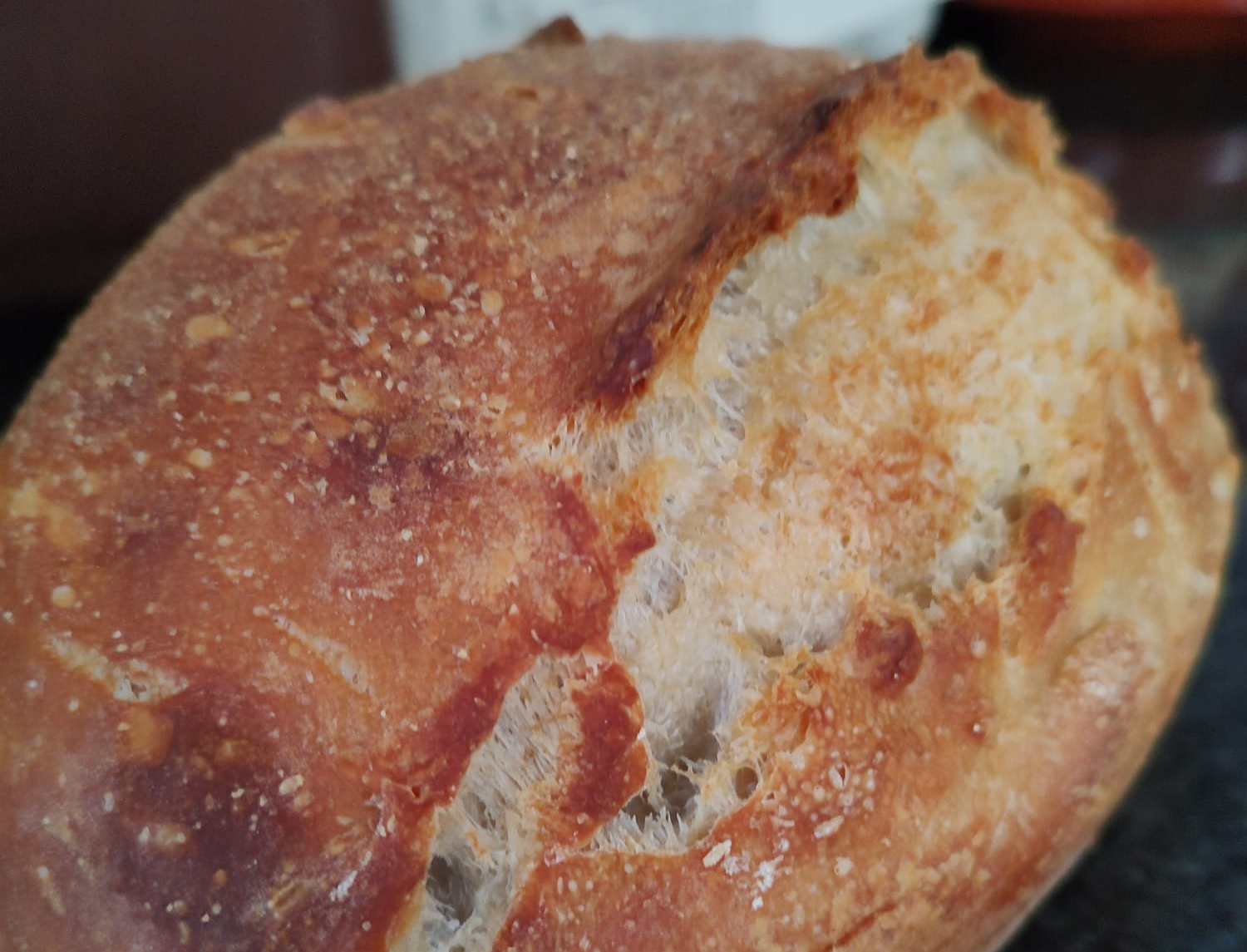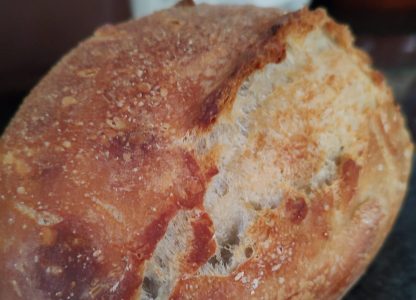What is sourdough?
When flour is mixed with water, the friendly lactic acid bacteria and acid tolerant wild yeast in both the flour and your surrounding environment start working together. This ‘culture’ of tiny living microorganisms generate byproducts that cause bread to rise and give it a complex and rich flavour.
Bread made by the fermentation of dough using bacteria and wild yeast.
Fermented bread.
What is a starter or SCOBY?
A starter is a mixture of flour and water that ferments over time. In order to make sourdough bread you need a sourdough starter or a “symbiotic culture of bacteria and yeast” or SCOBY.

How does sourdough work?
Sourdough bread’s signature flavour comes from friendly lactic acid bacteria and wild yeast which produce flavourful lactic and acetic acids in rising bread dough.
Why is sourdough consider more nutritious
Sourdough bread acts as a prebiotic, which means that the fibre in the bread helps feed the “good” bacteria in your intestines. These bacteria are important for maintaining a stable, healthy digestive system. Sourdough is also lower in gluten than other forms of bread.
Sourdough is nutritious.

